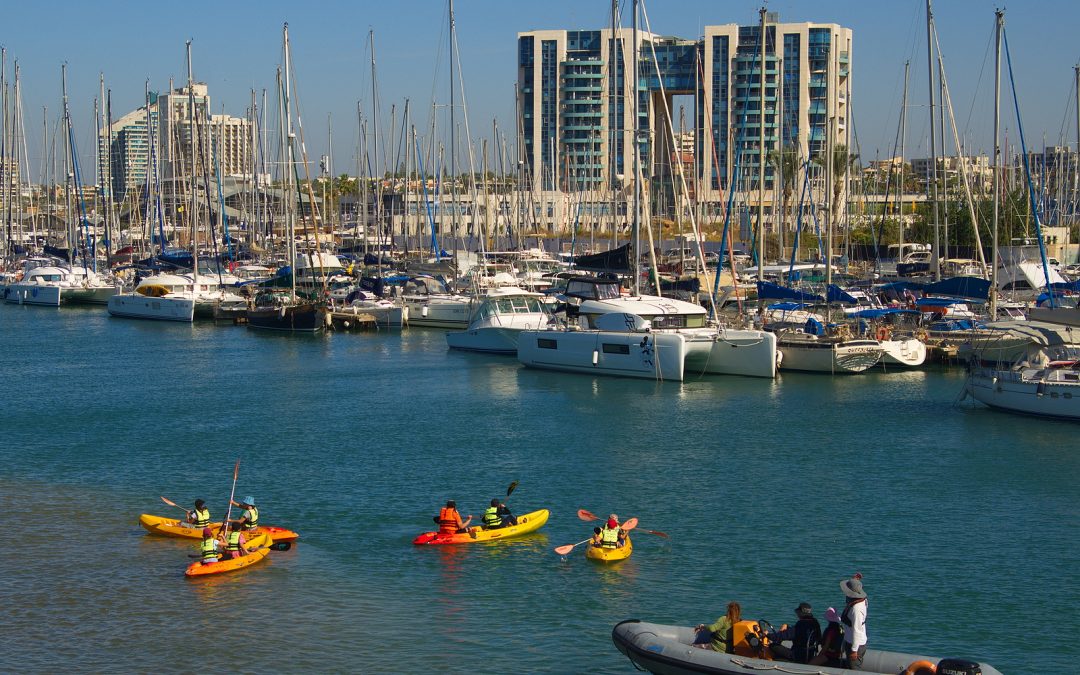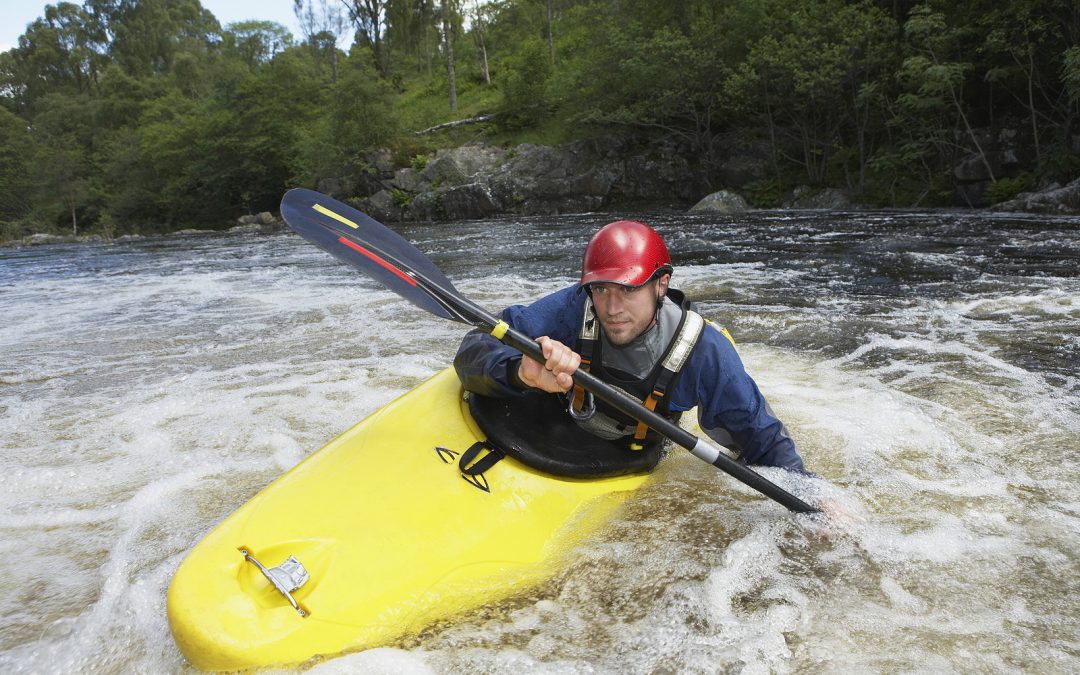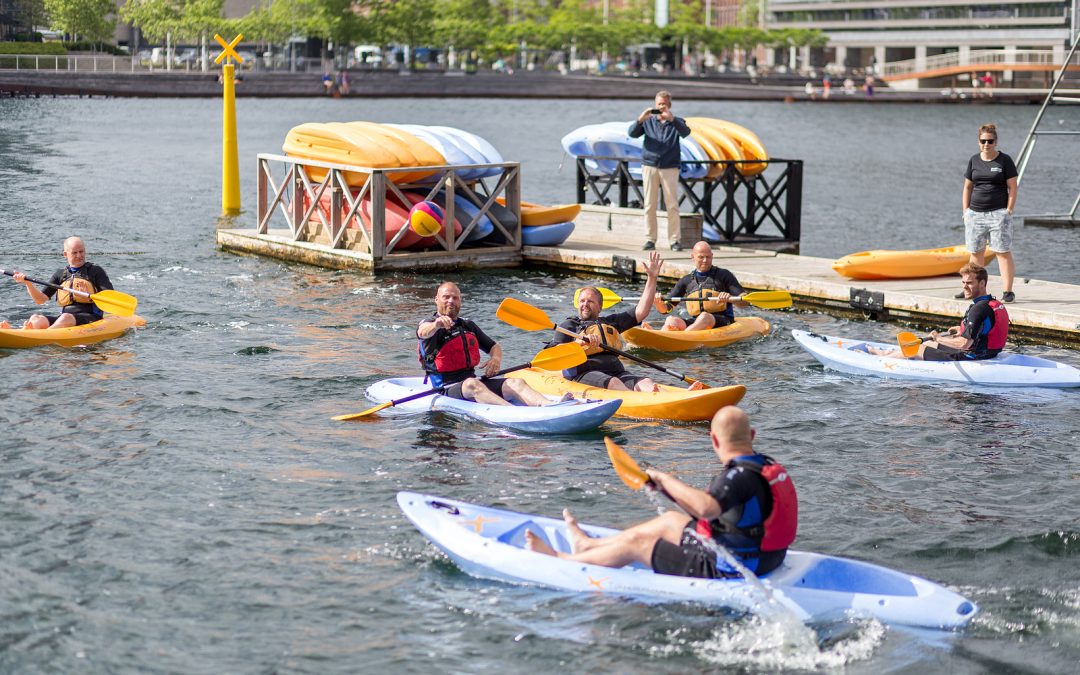Selecting the best kayak carrying strap is essential for any kayaking enthusiast, ensuring your valuable kayak’s safe and easy transportation. Kayak carrying straps come in various materials and designs, so selecting the right one for your needs can be challenging. In this buyer’s guide, we aim to provide you with the necessary information to decide when purchasing a kayak carrying strap.
First and foremost, the quality and durability of the strap material should be considered. High-quality straps will resist wear and tear, ensuring the longevity of your investment. Also, proper weight capacity and compatibility with your specific kayak are essential to ensure a secure fit during transportation.
Moreover, it is crucial to consider user-friendly features like padding for added comfort, easy-to-use buckle systems, and adjustable lengths for a customizable fit. With these factors in mind, you will be well on your way to finding the ideal kayak carrying strap to suit your needs and protect your prized kayak during transport.
Understanding Kayak Carrying Straps
Importance
Kayak carrying straps are essential for transporting your kayak safely and securely. They provide a reliable way to attach your kayak to a car rooftop or other carrying systems, preventing damage to the boat and ensuring safe transportation. Moreover, proper kayak-carrying straps can also help distribute the weight evenly, preventing strain on the ship and reducing the chances of accidents during transport.
Types
There are two main types of kayak-carrying straps:
- Loop Straps: These straps consist of a single piece of webbing that loops around the kayak. They are typically used in pairs, with one strap placed at the front and another at the rear of the kayak. The straps are then fastened to the carrying system using buckles or other closures.
- Cam Straps: These straps feature a cam buckle that allows easy adjustment and secure fastening. The strap is threaded through the buckle and pulled tight, effectively securing the kayak. Cam straps are popular due to their ease of use and reliability.
When selecting the best kayak-carrying strap, consider the following factors:
- Durability: Opt for straps made from high-quality materials like nylon or polypropylene, as these can withstand exposure to water, UV rays, and wear and tear.
- Strength: Ensure the straps have a high breaking strength, as this will provide better support for your kayak during transportation.
- Width: Wider straps are preferable, as they distribute the weight more evenly and prevent potential damage to the kayak.
- Length: Choose straps long enough to secure your kayak comfortably without leaving too much excess webbing.
- Buckles: Look for solid and corrosion-resistant fasteners, such as stainless steel or anodized aluminum, as these will provide a secure hold and withstand the test of time.
Always use appropriate padding and follow manufacturer guidelines for carrying your kayak to ensure its safety and your own.
What to Look for In a Kayak Carrying Strap

Material
When choosing a kayak carrying strap, please pay attention to the material used in its construction. Common materials include nylon, polyester, and neoprene. Nylon and polyester are durable and resistant to wear and tear. Neoprene padding on the shoulder strap provides extra comfort when carrying your kayak. Look for straps with corrosion-resistant hardware, such as stainless steel or heavy-duty plastic buckles, to ensure they withstand exposure to water and salt environments.
Length
The length of the carrying strap is crucial for accommodating kayaks of various sizes and widths. Generally, belts in the 10 to 20 feet range suit most kayaks. However, always measure your kayak and consider how it will be secured to ensure a proper fit. Adjustable straps are advantageous as they can be altered to fit different kayak sizes and secure the load more effectively.
Width
The width of the strap is vital for weight distribution and stability. Wider straps, between 1 to 2 inches, provide better support for your kayak, reducing the risk of slippage or damage when carrying. Wider straps also help minimize shoulder pressure for a more comfortable moving experience.
Features of Kayak Carts
Types of Wheels
Various types of wheels are available for kayak carts, each serving a specific purpose. Common types include:
- Air-filled wheels provide a smooth ride and are great for soft surfaces like sand or grass. However, they require periodic inflation and can be punctured.
- Solid rubber wheels: Durable and puncture-resistant, these wheels work well on hard surfaces. They may require more effort on soft terrains, though.
- Balloon wheels: Explicitly designed for sand, these wheels disperse weight efficiently, preventing sinking. Their performance on hard surfaces could be more optimal.
Material and Durability
The selection of materials used in kayak carts directly affects their durability. Common materials include:
- Aluminum: Lightweight and rust-resistant aluminum kayak carts are great for portability. However, they may not be as durable as their steel counterparts.
- Steel: Heavier and muscular steel kayak carts offer increased stability and durability. The downside is their susceptibility to rust.
Weight Capacity
Different kayak carts have varying weight capacities, which is an essential factor to consider based on the size of your kayak:
- Lightweight coaches: Suitable for smaller kayaks, with a weight capacity of up to 150 lbs.
- Medium-duty carts: Able to carry up to 250 kg of kayaks, ideal for most recreational kayaks.
- Heavy-duty carts: Designed to manage larger, heavier kayaks, usually with a weight capacity of 300 lbs or more.
Portability
Several factors contribute to the portability of a kayak cart. These include:
- Collapsible design: Some coaches can be disassembled or folded for easy storage and transport.
- Weight of the coach: Lighter carts are easier to carry, while heavier carts may be better suited for rugged terrain.
- Wheel removal: Quick-release wheels simplify transportation and storage.
Maximum Load
Always check the maximum load capacity of the carrying strap before purchase. Kayaks can vary significantly in weight, and it’s crucial to ensure that the belt can safely support your specific model. Straps with a maximum load capacity between 100 to 150 lbs should be sufficient for most kayaks. However, it’s always best to confirm the weight of your kayak and select a strap that can handle at least that weight or above.
Considering these factors, you can confidently choose the best kayak-carrying strap suitable for your needs.
Famous Kayak Carrying Strap Brands

Thule is a well-known brand in the outdoor gear industry, providing various high-quality products for various activities. Their kayak-carrying straps are known for their durability and ease of use. Thule offers carrying straps to suit different needs, such as the Thule Quick Loop Strap and the Thule LOCKING Straps.
Yakima is another famous brand in the kayaking community, offering not only carrying straps but also other kayak accessories. Yakima’s carrying straps are designed with user convenience in mind and often feature padded buckles to protect your vehicle and kayak from scratches. The Yakima Heavy Duty Straps and Yakima SUP & Surf Aero Crossbar Pads are examples of their quality offerings.
Seattle Sports is a company that provides gear for all types of water sports. They offer carrying straps that are easy to use and provide secure transportation of your kayak. You can find the Seattle Sports Lashmates SuperStretch Straps and the Seattle Sports Outfitter Class DoubleUp SUP Strap.
Pelican is a renowned brand known for its quality kayaks, accessories, and carrying gear. Pelican’s kayak straps are made from solid materials to ensure the safety of your kayak during transportation. The Pelican Apex 60 and Pelican V-Stand Bivvy Strap are popular among kayak enthusiasts.
How to Tie Down a Kayak Without Roof Racks
Tying down a kayak without roof racks can use foam blocks or pool noodles as makeshift racks. Here’s a step-by-step guide on how to do it safely.
Remember to drive carefully and avoid high speeds when transporting your kayak without roof racks. Frequent stops during your journey to recheck the kayak’s security are good practices to ensure a safe trip.

Conclusion
In summary, when selecting a kayak-carrying strap, it is essential to consider reputable brands like Thule, Yakima, Seattle Sports, and Pelican. Each brand offers unique features and designs to cater to different user preferences. Always take into account your specific needs and requirements before making a final decision on which strap to purchase.













